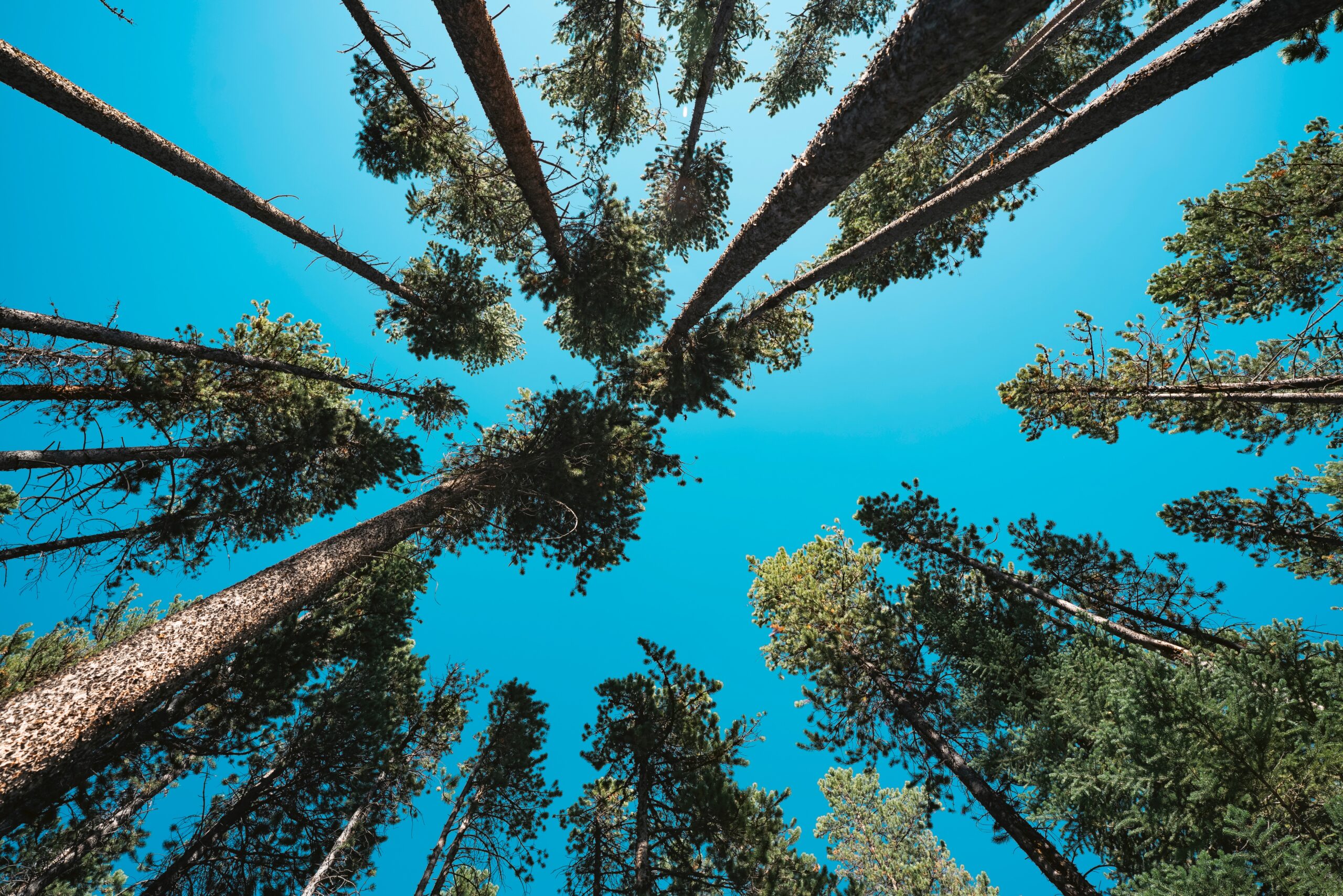Prepare to be captivated by the enchanting world of the most common trees in the United States. Step into the lush tapestry of America’s forests, where towering sentinels whisper tales of resilience, beauty, and ecological harmony. From the stately oak to the vibrant maple, these common trees hold the key to understanding the natural wonders that surround us.
Join us on a captivating journey through the heart of the United States as we unravel the secrets and unveil the remarkable stories woven into the very fabric of our land.
Red Maple (Acer rubrum)
The vibrant and iconic Red Maple, scientifically known as Acer rubrum, stands as one of the most common trees found throughout the United States.
With its distinctive red foliage during autumn, this tree captivates the hearts of nature enthusiasts from coast to coast.
Loblolly Pine (Pinus taeda)
In the southern regions of the United States, the Loblolly Pine (Pinus taeda) reigns supreme.
These majestic conifers can be found in abundance, standing tall and providing essential habitats for various wildlife species.
Sweetgum (Liquidambar styraciflua)
A true emblem of the eastern United States, the Sweetgum tree (Liquidambar styraciflua) graces the landscapes with its star-shaped leaves and distinctive spiked fruits.
Its wood is highly prized for its use in furniture, cabinetry, and flooring.
Douglas Fir (Pseudotsuga menziesii)
Venturing to the majestic forests of the Pacific Northwest, we encounter the grandeur of the Douglas Fir (Pseudotsuga menziesii).
These towering giants, with their distinctive conical shape and soft needles, play a significant role in the region’s ecosystem and timber industry.
Quaking Aspen (Populus tremuloides)
The Quaking Aspen (Populus tremuloides) captures attention with its unique characteristic—the trembling of its leaves in even the gentlest breeze.
These deciduous trees form expansive groves, connected by a shared underground root system, making them one of the largest living organisms on Earth.
Sugar Maple (Acer saccharum)
The Sugar Maple (Acer saccharum) holds a special place in the hearts of many Americans, especially during the fall season.
Its vibrant foliage, ranging from golden yellows to fiery oranges, paints the landscapes with breathtaking beauty.
Balsam Fir (Abies balsamea)
Traveling to the northern regions of the United States, we encounter the Balsam Fir (Abies balsamea).
These evergreen trees, with their aromatic needles and symmetrical form, are often used as Christmas trees, spreading their delightful scent throughout homes during the holiday season.
Flowering Dogwood (Cornus florida)
In the understory of woodlands and residential landscapes, the Flowering Dogwood (Cornus florida) enchants with its delicate blossoms.
Native to the eastern United States, this small tree delights with its showy flowers and vibrant red berries.
Lodgepole Pine (Pinus contorta)
Across the rugged landscapes of the Rocky Mountains and Pacific Northwest, the Lodgepole Pine (Pinus contorta) thrives.
These resilient trees, well adapted to survive wildfires, dot the mountainsides and contribute to the diverse ecosystems of these regions.
White Oak (Quercus alba)
Finally, we encounter the White Oak (Quercus alba), a majestic tree known for its strength, durability, and iconic appearance.
Found throughout the eastern United States, these grand oaks have played significant cultural and historical roles, with their wood commonly used in furniture-making and construction.
Final Thoughts and Recap
As we journey through the diverse landscapes of the United States, we witness the remarkable tapestry of trees that adorn our country. Each species carries its own unique story and ecological importance, adding depth and beauty to our natural surroundings.
| Tree | Scientific Name | Common Traits |
|---|---|---|
| Red Maple | Acer rubrum | – Vibrant red foliage during autumn |
| Loblolly Pine | Pinus taeda | – Found in southern regions |
| Sweetgum | Liquidambar styraciflua | – Star-shaped leaves, spiked fruits |
| Douglas Fir | Pseudotsuga menziesii | – Tall conifer, soft needles |
| Quaking Aspen | Populus tremuloides | – Leaves tremble in the breeze |
| Sugar Maple | Acer saccharum | – Vibrant fall foliage, used for maple syrup |
| Balsam Fir | Abies balsamea | – Aromatic needles, used as Christmas trees |
| Flowering Dogwood | Cornus florida | – Delicate blossoms, red berries |
| Lodgepole Pine | Pinus contorta | – Found in Rocky Mountains, survives wildfires |
| White Oak | Quercus alba | – Strong, durable wood, cultural significance |
Whether it’s the fiery hues of the Red Maple, the towering grandeur of the Douglas Fir, or the delicate blossoms of the Flowering Dogwood, these common trees provide us with endless wonders to explore and appreciate.
FAQs
The United States has a diverse range of common trees. Some of the most prevalent species include oak, maple, pine, spruce, fir, cedar, birch, poplar, and willow. These trees can be found across various regions of the country and play vital ecological and economic roles.
Numerous tree species are commonly found worldwide. Some of the most prevalent ones include oak, pine, maple, birch, spruce, cedar, fir, poplar, willow, and beech. These trees are widely distributed and have adapted to different climates and habitats across the globe.
The most common tree on Earth is the pine tree. Pine trees belong to the genus Pinus and are found in various regions across the globe, including North America, Europe, Asia, and Africa. They are known for their characteristic needle-like leaves and can thrive in diverse climates and soil conditions.
The most widespread tree in North America is commonly known as the red maple. Its scientific name is Acer rubrum. Red maples are native to eastern North America and are renowned for their vibrant red foliage in the fall. They are adaptable, fast-growing trees that can be found in a wide range of habitats, from wetlands to uplands.

